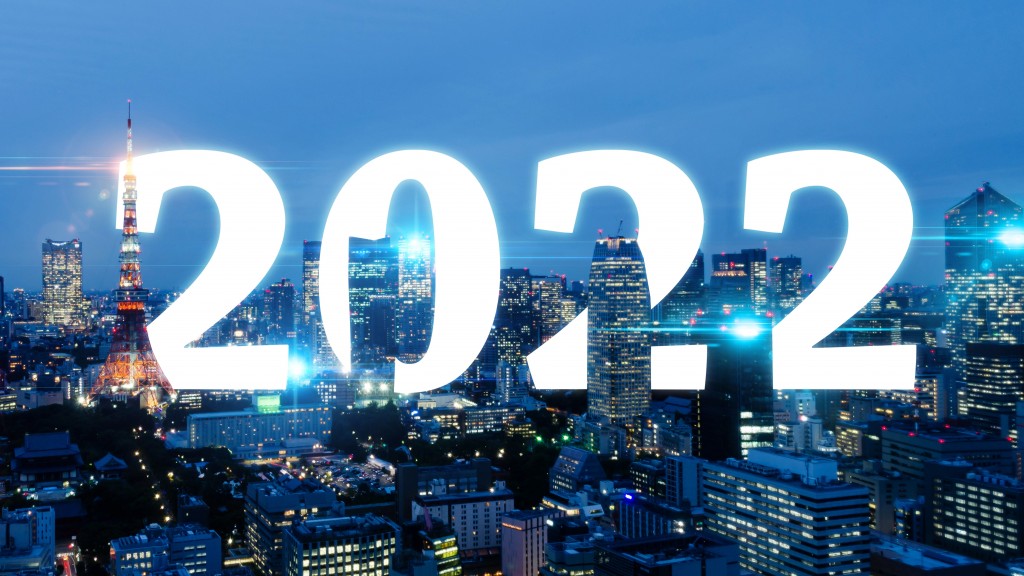
Much like the previous two years, 2022 was not without its challenges. From the war in Ukraine to elevated interest rates and inflation, no country or region has been spared from the economic repercussions. As 2022 comes to an end, let’s take a look at the top 10 commentaries that best sum up the key regional economic developments in a year where post-pandemic economic recovery across ASEAN+3 is met with strong external headwinds.
1. All Aboard! The RCEP Ticket to ASEAN+3 Post-Pandemic Growth
The Regional Comprehensive Economic Partnership (RCEP), the world’s largest free trade area comprising of 13 ASEAN+3 economies plus Australia and New Zealand, came into force on January 1, 2022. The RCEP is expected to create new trade and investment opportunities, strengthen regional supply chains, and promote new sources of growth for ASEAN+3. AMRO Economist Marthe M. Hinojales highlights the three potential benefits that the momentous trade deal will bring.
2. Widening Ripples: The War in Ukraine and Inflation in ASEAN+3
Unlike Europe and Africa, the ASEAN+3 region has limited trade and investment links with Russia and Ukraine. Yet ASEAN+3 has not been spared from the economic fallout of the war. The war in Ukraine and sanctions on Russia have caused massive supply disruptions, sending global energy and food prices soaring to historic highs. AMRO Economist Catharine Kho urge ASEAN+3 economies to carefully calibrate their policy timing, policy mix, and policy coordination to face down the rising inflation threat without jeopardizing their economic recovery from the long-running COVID-19 pandemic.
3. Attracting Funding to Hong Kong Fintech Sector
Despite increased global competition for fintech funding, private funding to the fintech sector in Hong Kong, China has remained robust. Much of this success can be attributed to the Hong Kong Monetary Authority’s (HKMA) Fintech 2025 strategy to strengthen fintech’s role as Hong Kong’s next growth engine, observes AMRO Associate Economist Edmond Choo Chiang Yong, who also shares his thoughts on how the city can do more to help its fintech sector compete with other fintech hubs in attracting funding.
In recent years, Brunei Darussalam has made progress in diversifying its economy away from oil exports, from which the country’s income is largely derived. AMRO Economist Andrew Tsang discusses how Brunei can leverage on its depleting oil reserves to diversify its economy into the non-oil and gas sector as a second engine of growth and to improve its resilience to shocks.
5. Rising US Interest Rates Won’t Trigger Another Asian Financial Crisis
The US Federal Reserve shifted toward a hawkish stance in the middle of 2022, prompting fears of a regional financial crisis similar to the Asian financial crisis (AFC) of 1997. AMRO Chief Economist Hoe Ee Khor and AMRO Economist Kimi Xu Jiang argue that there will not be another financial crisis because the region has absorbed the lessons from the AFC and has become more resilient to shocks.
6. ASEAN+3 Swap Lines Grow; Better Protecting Against Liquidity Crises
ASEAN+3 intra-regional bilateral swap arrangements (BSA) have increased 15 percent to a total of approximately USD381.6 billion, with over 90 percent of swaps arranged in local currencies. AMRO Group Head and CMIM Lead Specialist Beomhee Han and CMIM Specialist Satwika Lulu discuss how these BSAs have the potential to supplement liquidity safeguards provided by International Monetary Fund facilities and the ASEAN+3 region’s own USD240 billion multilateral currency swap arrangement, the Chiang Mai Initiative Multilateralisation (CMIM).
7. Regional Perspectives on the Economic Impact of a Double Shock on Asia, Europe, and Latin America
Earlier this year, the global economy faced a double-shock of a spike in pent-up demand compounded by supply disruptions while economies were recovering from the Covid-19 pandemic. Latin American Reserve Fund Chief Economist Carlos Giraldo, AMRO Chief Economist Hoe Ee Khor and European Stability Mechanism Chief Economist Rolf Strauch discuss the impact of this double shock across Asia, Europe, and Latin America, as well as highlight the challenges and risks policymakers face when dealing with this double shock.
8. Resetting Southeast Asia’s Climate Agenda
ASEAN+3 countries may face increasing pressure to scale back efforts to mitigate climate risk amid rising interest rates and inflation and a pending economic slowdown, among many things. AMRO Capacity Development Expert Aziz Durrani elaborates on the risks climate change poses to ASEAN+3 countries particularly ASEAN, the efforts made by ASEAN countries to mitigate climate risks, and what ASEAN+3 countries can do to achieve their renewable-energy goals.
9. Why CMIM Remains a Backup Insurance Policy
It has been suggested in an article that ASEAN+3 members can help their economies by tapping precautionary facilities, amid the global recession and threats of further capital outflows from emerging markets and developing countries. AMRO Strategy and Coordination Officer Andrea Salvador and AMRO Advisor to Strategy and Coordination Group Chanthevivanh Keobounphanh analyze this argument through the lenses of the Philippines and Indonesia, which were cited as members that would qualify and benefit from such precautionary arrangements to bolster defences against liquidity squeeze.
10. Delivering a Win-Win for ASEAN+3 Through AMRO’s Technical Assistance Program
As one of AMRO’s core functions, Technical Assistance (TA) is also provided to members in need of more hands-on assistance, through various forms of activities funded by contributions from China’s Ministry of Finance, Japan’s Ministry of Finance, and Korea’s Ministry of Economy and Finance. AMRO Senior Technical Assistance Specialist Masato Matsutani shares his thoughts on why AMRO’s secondment program is attractive and popular among member economies, and how the program ensures a win-win for all stakeholders.
